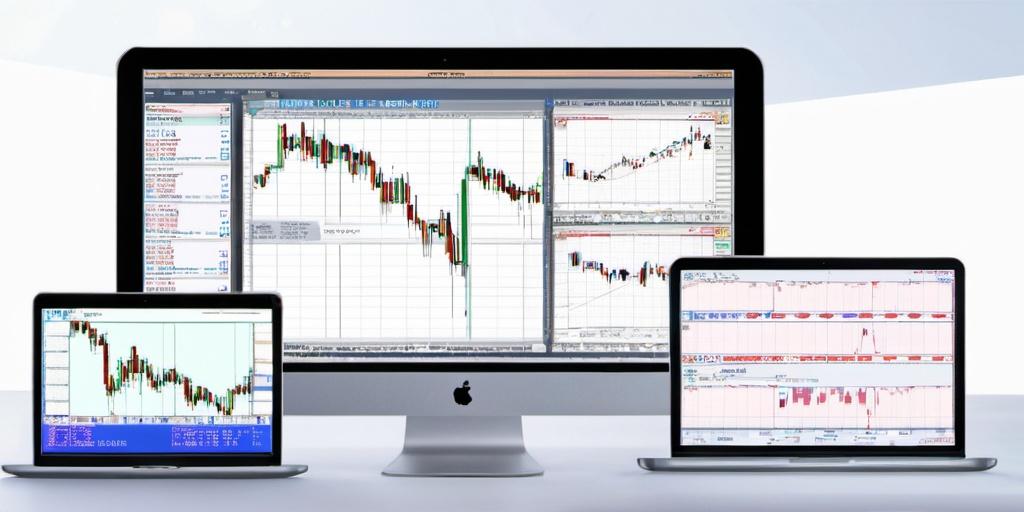Learn more about MultiCharts

Understanding MultiCharts in Trading
Anyone who’s spent even a sneeze worth of time in trading knows that the software you use can make a hefty difference in your strategy’s execution. One such trading software is MultiCharts. It’s a tad different from your regular bells and whistles platform. This piece will explore what makes it tick, how it fits into the trading puzzle, and whether it’s worth the investment of your time and money.
What is MultiCharts?
MultiCharts is a trading platform that offers advanced charting capabilities, a plethora of technical analysis tools, and supports automated trading. It’s got a reputation for being reliable and versatile, appealing to both the numbers-crunching traders and the tech-savvy ones alike.
Charting and Technical Analysis
For traders, charts are like the GPS for their trades. Getting lost in complex charts without the right tools can be akin to a sailor lost at sea. MultiCharts makes this less of a shipwreck situation by providing high-definition charts that can be customized like a pizza order. You can adjust time frames, indicators, data feeds, and more. It’s like having a Swiss Army knife of charts at your disposal.
Automated Trading Features
In automated trading, speed is king, and MultiCharts is no slouch. It allows traders to execute strategies automatically, meaning they can catch those fleeting market moves even if they’re out grabbing a coffee. With support for EasyLanguage, a programming language used for trading strategies, and a fast execution engine, MultiCharts lets you whip up strategies and launch them with agility.
How MultiCharts Compares to Others
There are a fair few trading platforms out there, but MultiCharts holds its own against heavyweights like MetaTrader and TradingView. It’s got the technical chops to match its competitors, which is not surprising since it supports a wide range of data feeds and broker connections. In other words, you can customize it to work with what you already have. Traders who have been there, done that, often appreciate this flexibility.
Compatibility with Data Feeds and Brokers
MultiCharts allows you to work with multiple data feeds simultaneously. This means you can pull information from different sources without having to jump through hoops. If your broker supports it, chances are MultiCharts can work with it, making it pretty accessible across the board.
Usability and User Experience
Your experience with MultiCharts could feel like trying to assemble IKEA furniture without instructions or like slipping on a pair of comfortable shoes. This largely depends on your prior trading experience. For seasoned traders, it might seem like second nature, while newbies might need a bit of a learning curve.
Interface and Customization
It’s no secret that everyone likes things their own way. MultiCharts lets you rearrange the furniture, so to speak, by allowing deep customization of its interface. From color schemes to the placement of widgets and panels, users can get a setup that caters to their unique trading style without too much grumbling.
Pricing and Licensing
The dollars and cents of MultiCharts can leave some scratching their heads, though. It offers a variety of licensing options, from one-time purchases to subscriptions. It’s an investment worth considering if the platform’s features align with your trading needs. But for those looking for free software, MultiCharts isn’t the road to take.
Free vs. Paid Version
There is a free version called MultiCharts .NET, which is a stripped-down version of the full platform. It can offer a taste of what MultiCharts can do, but for the complete smorgasbord of features, a paid version is necessary.
Conclusion
MultiCharts stands as a robust option in the trading software arena, especially for those who value advanced charting and automation. It might not wear the crown for ease of use or budget-friendliness, but it does excel in versatility and functionality. For traders whose strategies align with its offerings, it can be a valuable tool in their trading arsenal. But like any piece of gear, it’s best to try before you buy, especially when it comes to something as fickle as the trading market.